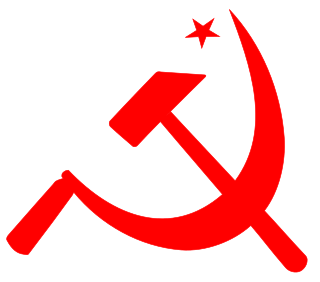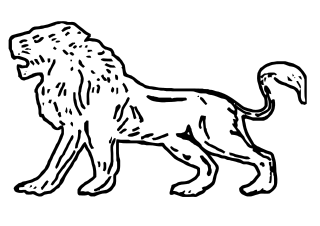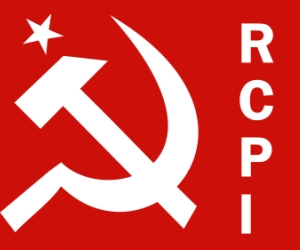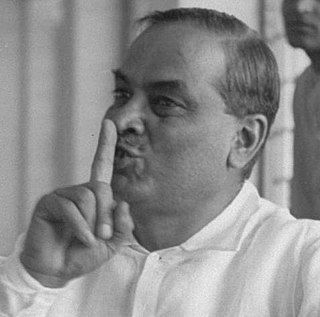Left Front | |
|---|---|
 | |
| Abbreviation | LF |
| Chairperson | Biman Bose |
| Founder | Jyoti Basu |
| Founded | January 1977 |
| Ideology | Communism [1] Marxism–Leninism [2] |
| Political position | Left-wing to far-left |
| ECI Status | Recognised |
| Alliance | 9 |
| Seats in Lok Sabha | 0 / 42 |
| Seats in Rajya Sabha | 1 / 16 |
| Seats in West Bengal Legislative Assembly | 0 / 294 |
| Part of a series on |
| Communism in India |
|---|
 |
The Left Front is an alliance of left-wing political parties in the Indian state of West Bengal. It was formed in January 1977, the founding parties being the Communist Party of India (Marxist), All India Forward Bloc, the Revolutionary Socialist Party, the Marxist Forward Bloc, the Revolutionary Communist Party of India and the Biplobi Bangla Congress. Other parties joined in later years, most notably the Communist Party of India.
Contents
- Background
- Current member parties
- Chairman's of Left Front
- Chronological list
- Chief ministers of West Bengal from Left Front
- Summary of electoral history
- In Loksabha elections
- In State Assembly elections
- 1977 elections
- Left-Janata alliance in Lok Sabha election
- Left victory in assembly polls
- First Left Front government
- Operation Barga and panchayat polls
- 1980 Lok Sabha election
- Second Left Front government
- Three new members
- 1982 assembly election
- 1984 Lok Sabha election
- Calcutta Municipal Corporation polls
- Third Left Front government
- 1987 assembly election
- 1989 Lok Sabha election
- Fourth Left Front government
- 1991 assembly election
- 1991 Lok Sabha election
- Fifth Left Front government
- WBSP-SP merger
- 1996 assembly election
- United Front era (1996–1999)
- CRLI out, WBSP reconstituted
- Panskura by-election
- Sixth Left Front government
- 2001 assembly election
- 2004 Lok Sabha election
- Seventh Left Front government
- 2006 assembly election
- 2009 Lok Sabha election
- Left Front as main opposition (2011–2016)
- 2011 assembly election
- Decline from 2016 to 2021
- Extra parliamentary opposition post 2021
- 2021 Assembly elections
- 2021-2022 Municipal elections
- See also
- References
The Left Front ruled the state of West Bengal for seven consecutive terms 1977–2011, five with Jyoti Basu as Chief Minister and two under Buddhadev Bhattacharya. [3] The CPI(M) is the dominant force in the alliance. [4] [5] In the 2011 West Bengal Legislative Assembly election the Left Front failed to gain a majority of seats and left office. As of 2016 Biman Bose is the Chairman of the West Bengal Left Front Committee. [6]




























